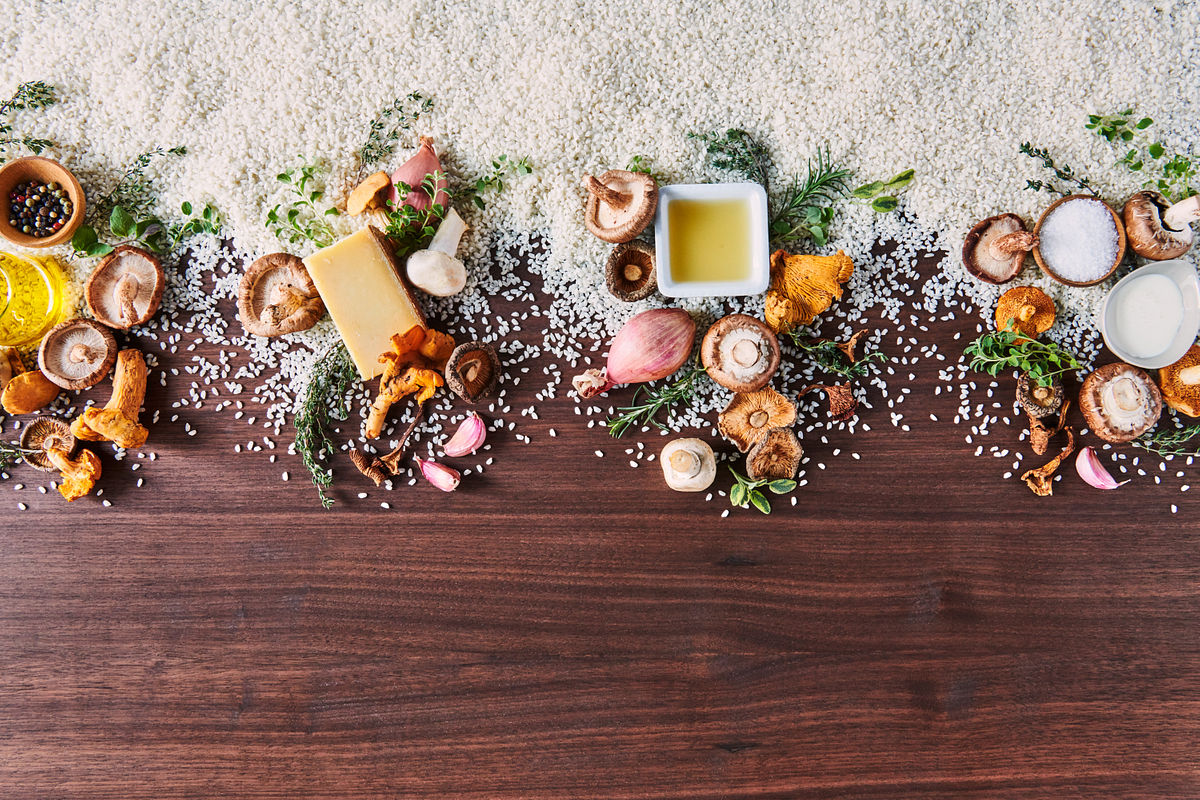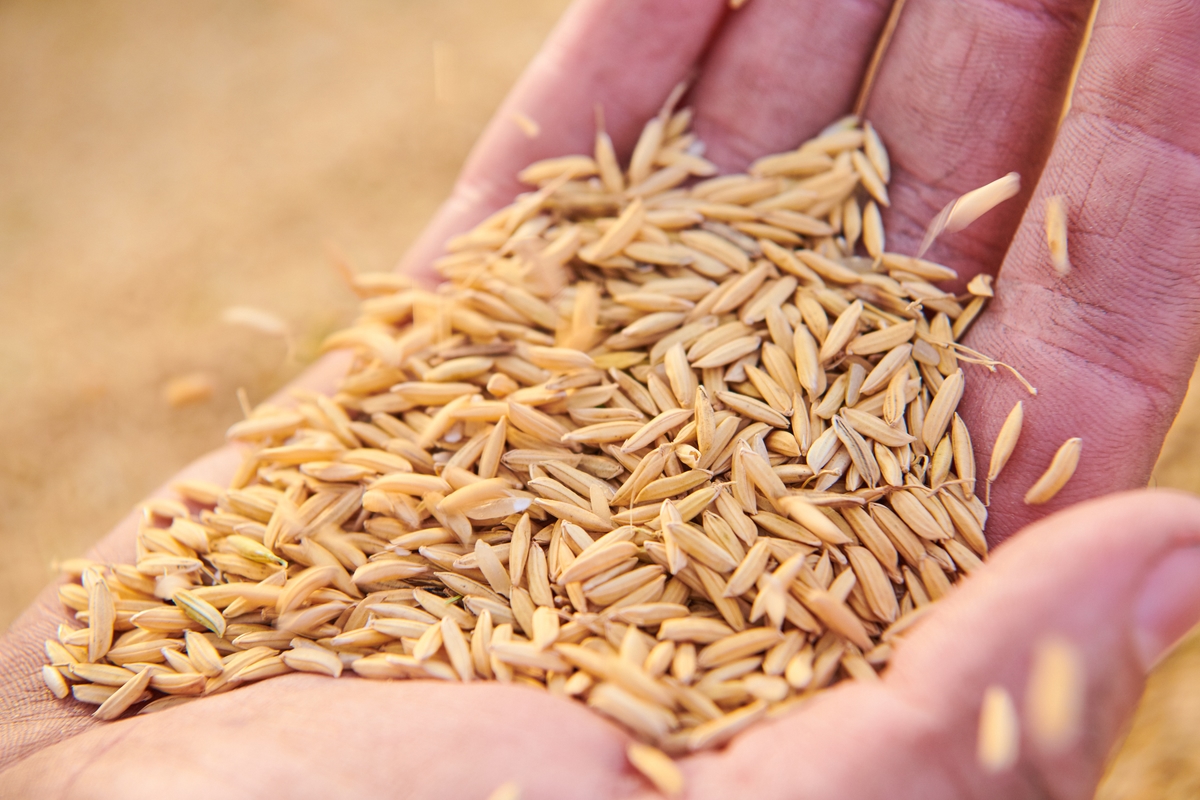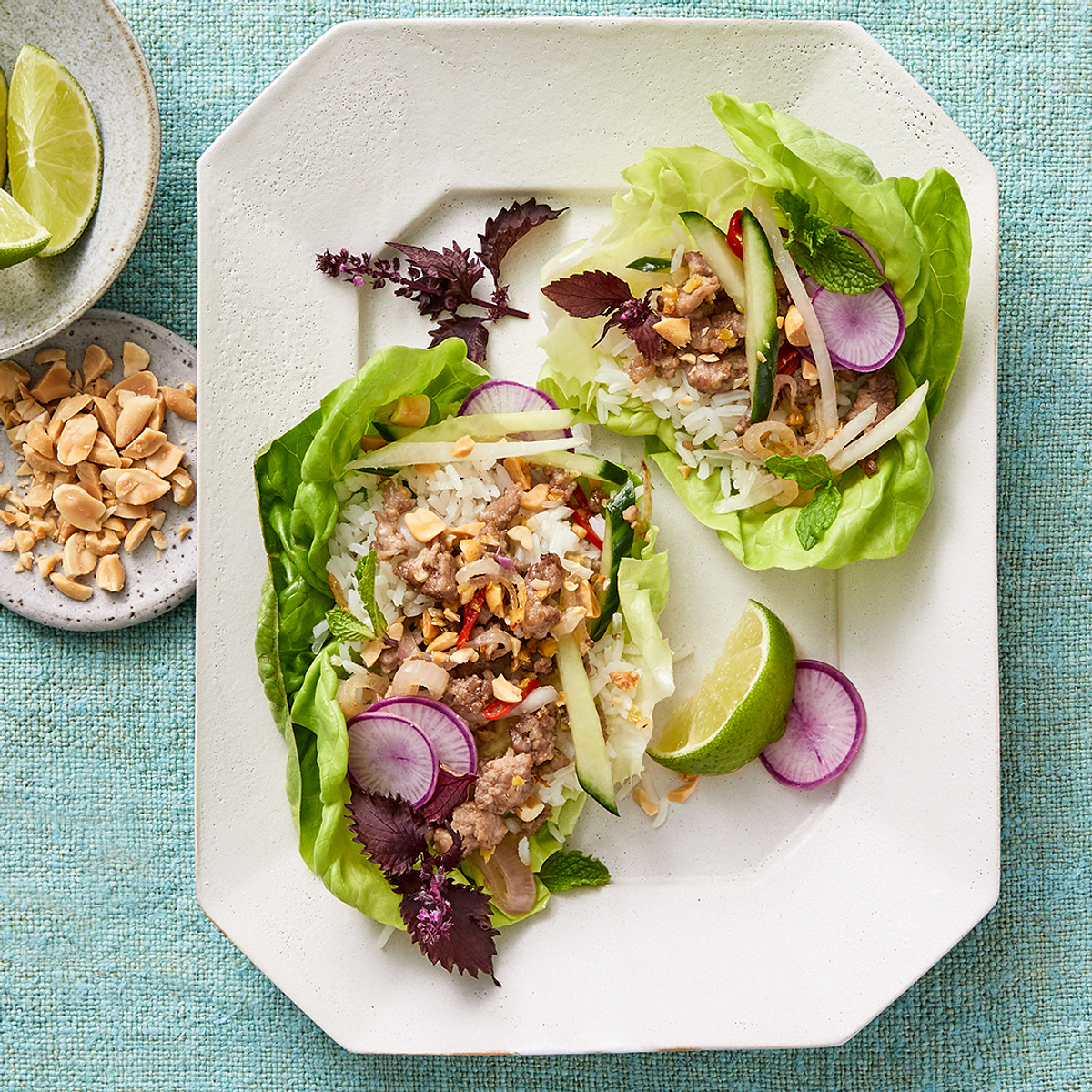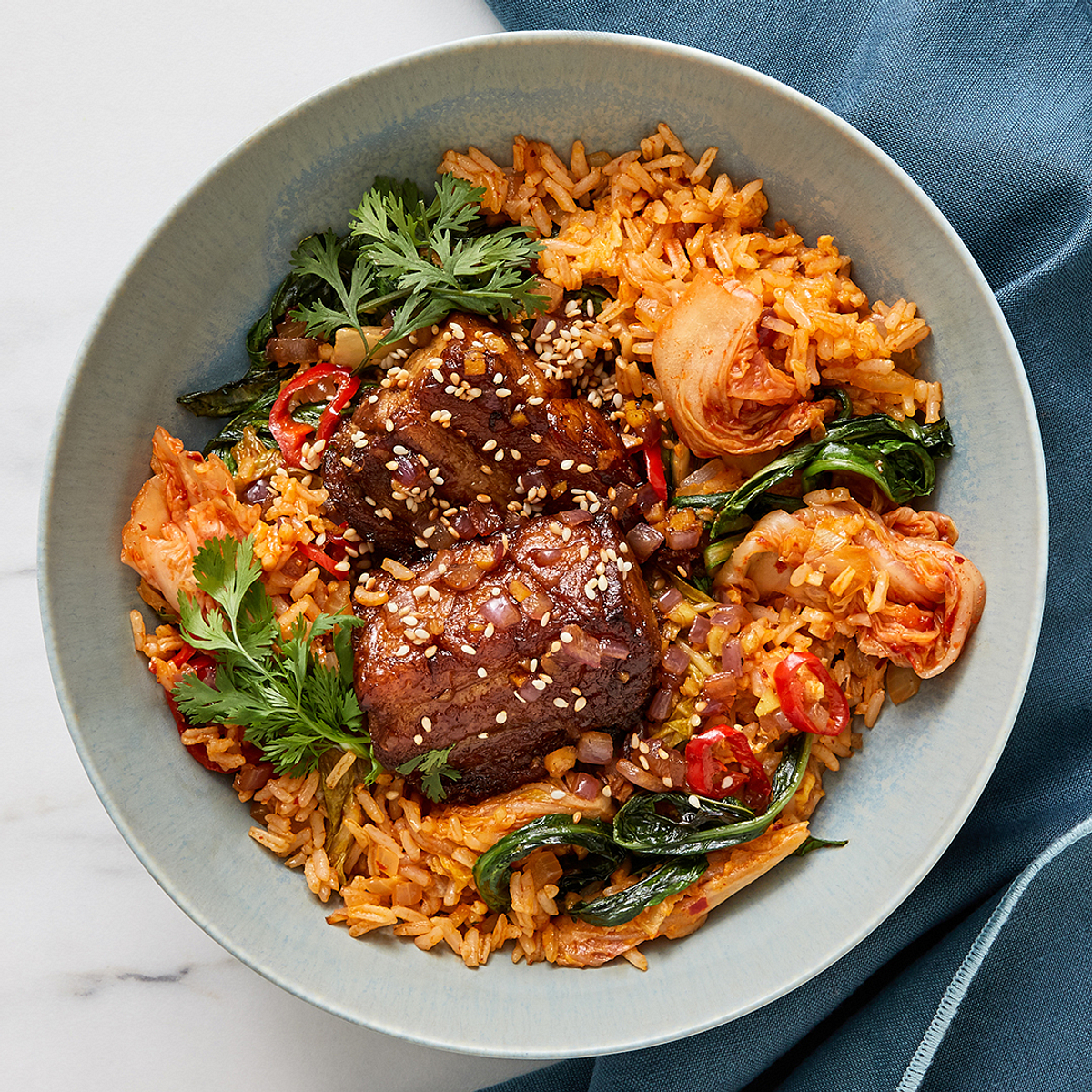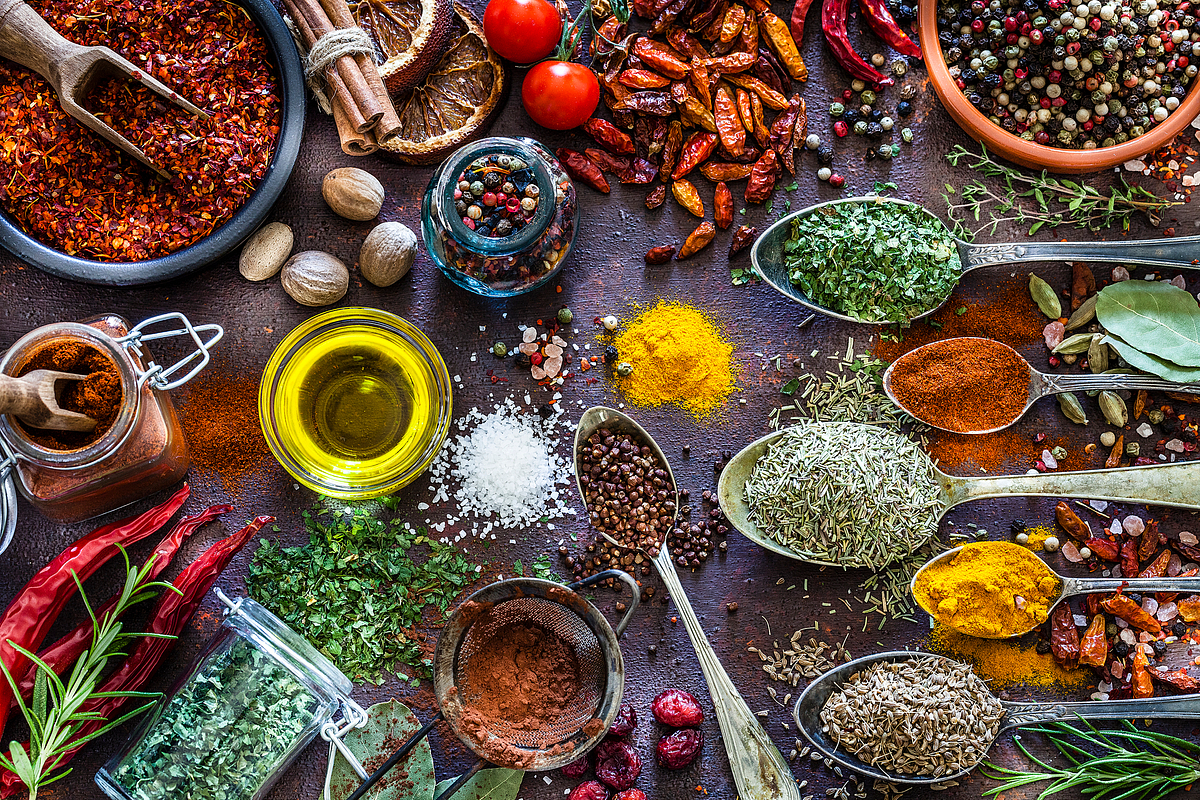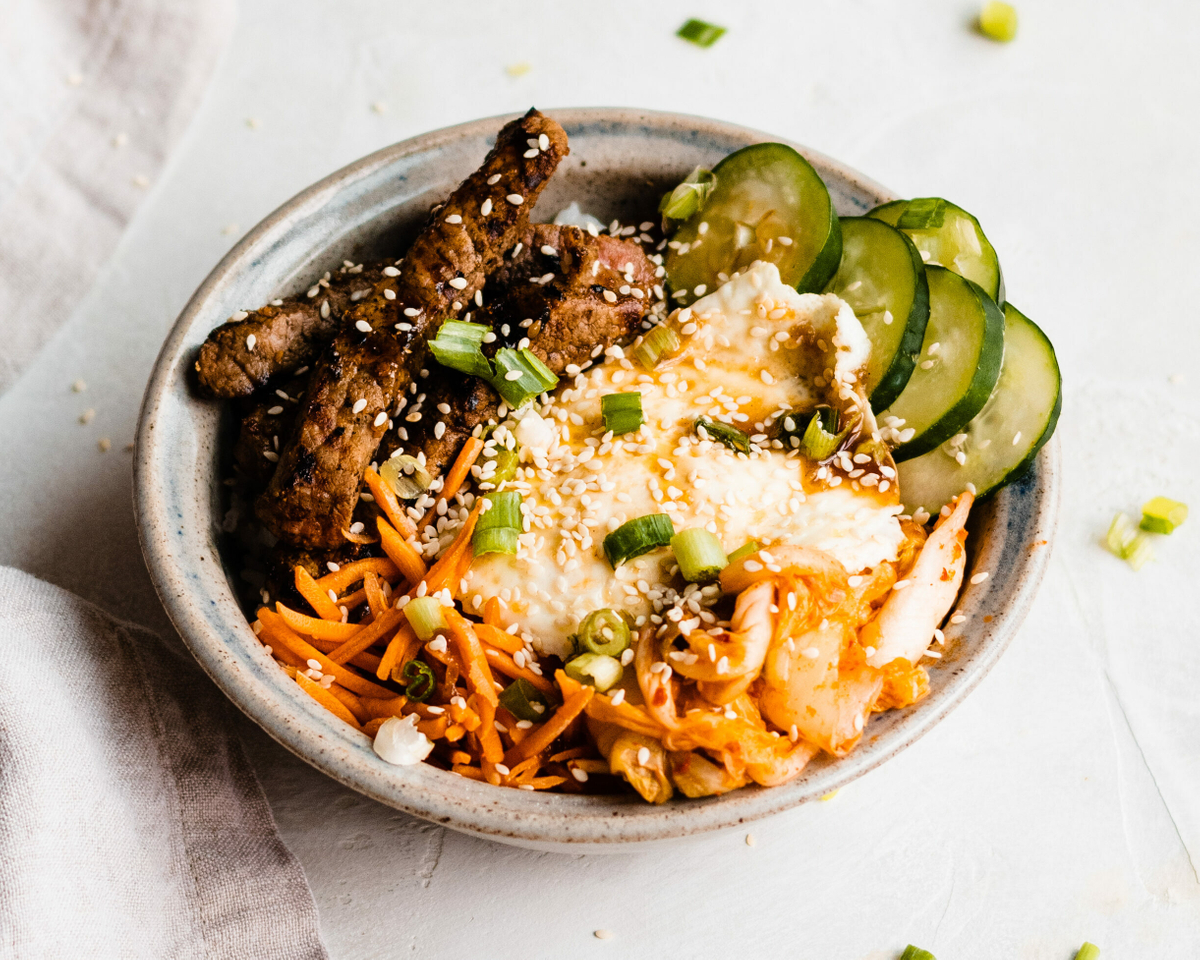For many home chefs, there is something special about recreating that delicious and savory taste of a restaurant-quality meal at home. Especially if it involves using new and intriguing ingredients that you may not always cook with.
Known for its diverse richness of fresh ingredients, fermented foods, sauces and more, cuisines all throughout Asia have something incredible to share. And, while each Asian culture and cuisine offers something unique, I’d like to share with you some of my favorite ingredients found throughout different countries that can be utilized at home. I’ll also give you ideas for preparing meals with them to serve up a bit of spontaneous brilliance.
Using some of my favorite recipes, I’ll guide you through how to choose the right ingredients for international creations.
Different Types of Asian Cuisine
I love preparing different Asian cuisine for guests because I get to play around with all sorts of ingredients that I wouldn’t normally get to use. I love the simplicity of Japanese sushi and the practicality of Chinese fried rice, but there is something about getting creative in the kitchen that makes cooking foreign cuisine particularly fun! From India to Indonesia, Asia offers diverse dishes that let us serve up something incredibly simply by getting creative with exotic herbs, spices and fruits.
Of course, it helps to be familiar with these uncommon ingredients! I’ll take you through some of my favorite staples found in different regions around Asia.
Guide to Essential Ingredients From Asia
There are many spectacular ingredients found in international dishes that may initially be intimidating for a home chef. Rest assured, once you know a little bit more about each element, you can cook any country’s cuisine with more confidence.
To get you started on your culinary journey, I’ve compiled a few of my must-haves:
The Universal Asian Cuisine Staple
Rice
Both versatile and ubiquitous, rice is the foundation of a filling and flavorful dish. Selecting the perfect grain is a simple way to elevate any dish! Knowing that RiceSelect® offers some of the world’s most exceptional rice varieties, it’s just a matter of knowing what texture, flavor, and aroma best goes with any given dish.
Kitchen Tip: Cooking instructions vary so double check the packaging before you begin cooking.
Japanese Delicacies
Azuki Bean Paste
Often called by different names including red bean jam, adzuki paste or anko, this bean paste is used in many East Asian recipes and particularly in Japanese cuisine. This sweet bean paste is made from red beans and is particularly delicious as a filling for treats like Japanese-Style Sweet Rice Balls, known as botamochi and ohagi in Japan.
They are served when celebrating the spring and autumn equinox. Botamochi represent the spring botan flower and ohagi are named after hagi, the autumn flower.
Miso
The dressing for this rice bowl includes white miso, miso is a traditional Japanese seasoning produced with fermented soybeans, salt, and kōji: this is a thick paste used for different sauces, soups and spreads. In terms of color and flavor, there are many variations of miso; however, this Miso Black Rice Bowl uses the white variation, which is considered sweet and mild in comparison to others.
Sushi Rice
Taking some of the guesswork out of the cooking process is particularly helpful when you’re trying to master the art of sushi . For a premium short-grain rice, I always reach for a jar of premium short-grain sushi rice. From its appetizing aroma to its aesthetically pleasing appearance, RiceSelect® Sushi Rice never fails to elevate any sushi dish.
Favorite Thai Dishes
Mangos
There is nothing more refreshing than biting into juicy mango on a hot day, and luckily tropical fruits thrive in humid tropical regions like Thailand. Mangos are much more versatile than people know! Most foodies and all locals think of the iconic street food: Sweet Sticky Rice with Mango and Coconut is served as a typical breakfast, an afternoon snack, and creamy dessert. But I also love how the sweet mangos taste in this sweet and spicy mango salad and this savory mango chicken. In fact, when I want to mix things up, I like to add this tropical fruit into other Thai recipes like for these Thai Pork Larb & Rice Salad Wraps – and I know that the Jasmati® Rice will absorb every drop of flavor!
Taste of the Philippines
Rice Vinegar
Made from fermented rice, rice vinegar can be used as a marinade, in sauces and dressings, and for pickling. While it resembles sour white vinegar, rice vinegar is sweet and delicate. In this Filipino Pork Sisig with Garlic Kimchi Fried Rice Recipe, vinegar is used as both a braising liquid and a glaze: the sweet notes complement the savory pork belly.
Coconut Cream
Known as kakang gata in Filipino, coconut cream is a wonderful way to add a creamy texture to all kinds of sweet and savory recipes. With only a few ingredients, this caramelized Filipino Sticky Rice Cake, or Biko, is rich and decadent.
Indonesian Items
Sambal Oelek
A blend of chili peppers, vinegar, and salt, sambal oelek is a tangy condiment that will add a little kick to any dish. Sambal isn’t overly spicy – it’s basically a slightly spicier version of sriracha. It adds heat to many Indonesian favorites like Nasi Goreng.Though very similar to fried rice, it uses more local Indonesian ingredients such as sambal oelek, brown sugar, lime juice, coconut oil and curry powder It’s loaded with savory flavor and I like to take it up a notch by using Premium Black Rice – it adds nutty notes and brings a touch of elegance to the dish.
Vietnamese Classics
Lemongrass
Lemongrass carries both mint and citrus notes: it’s refreshing and tangy without being too bitter. It’s light enough to not be overpowering, yet zesty enough to add a slightly sharp taste. As it grows in tropical climates, it is most noticeably found in Thai dishes but is also common in Indonesia, Sri Lanka, and Indian cuisine. Check out how both mint and citrus shine in this Vietnamese Inspired Lemongrass Chicken Skewers with Jasmati White Rice & Nuoc Cham.
Substitution Tip: Despite their physical similarities, lemongrass and green onions are two very different herbs. In fact, the best substitute would be lemon zest, though it isn’t as intense or complex.
Daikon Radish
Daikon is a root vegetable that looks like a white carrot but tastes like a mild radish. When cooked, it’s nice and tender, but I prefer cutting it up and enjoying it raw because of that irresistible crunch. It adds subtle sweet and spicy notes to this Jasmine Rice Bowl with Flavored Hoisin Sauce, but if I am craving something tangy, I’ll pickle the carrots and daikon like I would for a banh mi sandwich.
Pickling Tip: Fill a jar with julienned carrots and daikon and cover with a mixture of vinegar, water, salt and sugar (whisk before pouring it in — you want the salt and sugar to be fully dissolved). Then simply cover and refrigerate for 1-3 days before enjoying.
Jasmine Rice
One of my absolute favorite varieties is RiceSelect® Jasmati Rice. While it hails from Cambodia, I use this premium rice for countless international recipes. Whenever I want an extra boost of irresistible aroma, I simply swap in this premium rice when a recipe calls for jasmine! Fragrant and floral, this Cambodian rice adds another complement to the umami-rich sauces, sour-salty broths, and creamy porridges like in this Vietnamese Chao Ga.
Fabulous Indian Food
Basmati Inspired Rice
Basmati rice is a variety of long-grained rice that is traditionally served with Indian food. Its unique shape, intoxicating fragrance, and nutty flavor complements the spices typically found in Indian cuisine. When I want to give my recipes an extra bit of unforgettable texture, I reach for an agricultural hybridization of long-grain white rice and Basmati rice: Texmati® White Rice. This long-grain is cultivated right here in America; in fact, it has been recognized as one of the most aromatic rice varieties in the US!
For a chewier texture and nuttier notes, opt for Royal Blend® Rice, which is a multi-grain mix composed of proprietary Texmati® white, brown, wild and red rices. Whether I choose Texmati® or Royal Blend®, I know I can count on RiceSelect® for quality grains that will elevate any meal!
Ghee
Ghee is often referred to as clarified butter, though it differs from French clarified butter: ghee typically simmers over low heat until milk solids have browned, creating a nutty or caramelized flavor. Using the proper grain and ghee will amp up the nutty notes in a savory Chicken Biryani Recipe, which complement those traditional Indian spices including garam masala, cardamom, and turmeric.
Tip: You can make your own ghee by simmering a saucepan of butter. When the milk solids sink, reduce heat to low until butter turns golden brown. As a general rule, a pound of butter takes about 45 minutes to reduce as butter is around 20% water (expect an 80% yield).
Korean Dishes
Kimchi
When you are craving Korean, you can’t skimp on the kimchi! While you can get store bought varieties, it’s quite simple to prepare at home by fermenting vegetables and cabbage in salt and seasonings including garlic, ginger, spring onions, and gochugaru – a popular fermented chili paste that is sweet yet savory and brings just the right amount of heat! It’s an absolute must to serve kimchi alongside meals like this Korean Beef Rice Bowl.
Chef Note: Unlike sauerkraut, which is simply fermented cabbage, kimchi can include any vegetable.
Stay connected with me by following @Riceselect on social media and finding more tips for home chefs here along with the answers to questions like what is orzo? Looking for a delicious dinner? Try our salmon risotto or learn how to make a couscous recipe.


